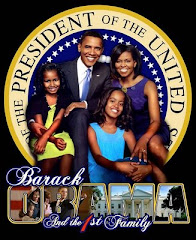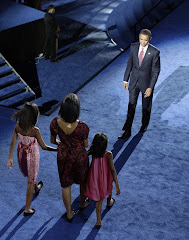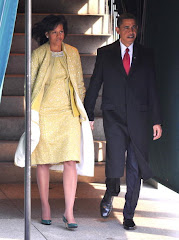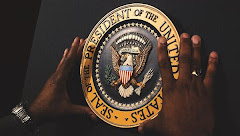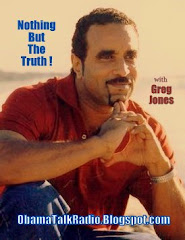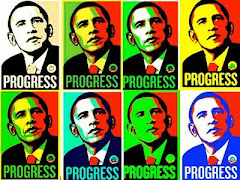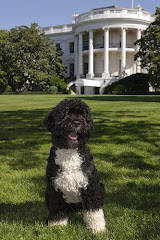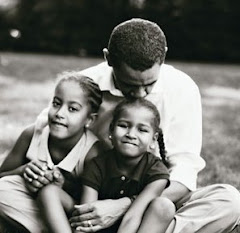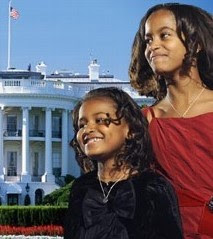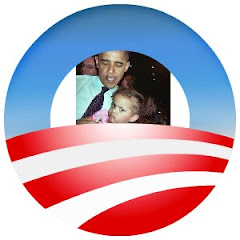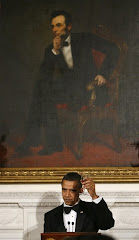 Clintons Latino Advantage Decreases,
Clintons Latino Advantage Decreases, Obama Surges as Latinos Vote Beyond Blacks and White
Robert Lovato (Huffington Post)
Posted February 6, 2008
Asked on Super Duper Tuesday to choose between a black candidate, Barack Obama, and a white candidate, Hillary Clinton, Latinos chose both -- and neither.
In a Democratic race in which the issue of race has played a definitive role, racially fluid and ambiguous Latinos delivered a loud and historic message to the candidates and pundits and to the country as a whole: the black-white electorate of yesteryear is dead.
Preliminary results of the most intense primary in recent memory indicate that predictions of a monolithic Latino "firewall" for Clinton have fallen short. The candidates split key Latino states in different parts of the country. Clinton won states like New York and New Jersey while Obama won states like Colorado and Illinois. Exit poll results also demolished widely-held notions that Latinos are unwilling to support a black candidate. Obama succeeded in dropping Clinton's Latino advantage from 4-1 (68% to 17% according to a CNN poll conducted last week) to 3-2 last night. And in almost every Latino-heavy state that voted Super Tuesday, Obama received more than the 26 percent of the Latino vote he got in Nevada just 2 weeks ago.
Analysis of Latino voting patterns indicates that Latinos did not, as predicted, march monolithically into the voting booths to vote racially black or white. Instead, the Latino vote segmented along other vectors, the most interesting of which is the regional vector.
In what appears to be the development of a Latino voter regionalism, the vote varied depending on what part of the country (and in some cases what part of a state) the vote was cast. For example, while Clinton secured 74% of the Latino vote in her home state of New York, available data also indicates that Obama won 59% of the 30-44 year olds, the largest age bloc, in his home state of Illinois' Latino electorate.
Obama won important Latino votes -- and delegates -- in Colorado, Arizona and other states where Clinton was expected to overwhelm him. With the support of New Jersey Senator Bob Menendez and other members of the Latino political machine nurtured by her husband, the former President, Clinton won more than 60% of the Latino electorate in states like New Jersey and New York. And regardless of the final tallies in California, the Latino electorate has already proven to be a powerful, new and greatly misunderstood segment of the no longer solely black and white electorate of the United States.
"Candidates are spending tens of millions of dollars trying to capture the attention of Latino voters, mostly in the Spanish language media" said Maria Teresa Petersen, the Executive Director of Voto Latino, a nonpartisan voter registration organization that also uses technology and pop culture to promote the political participation of new Latino voters. "But what the campaigns haven't figured out is that 79% of the 18 million eligible Latino voters consume media in English" said Petersen adding, "So, it's terrific that they're targeting 21% of the voters with Latino messages, but when will they learn to target us with Latino ads in English?"
Analysts like Petersen, whose organization registered more than 7,500 young voters this past January, agree that the youthfulness of the Latino vote guarantees that this vote will both continue to see great flux. "Exactly 50% of the 18 million voters eligible to vote are under 50 years old. And this is a generation growing up in the era of anti-immigrant politics. This is why they marched and this is why they are voting. Immigration is more than an issue. It's a great catalyst. The candidate who understands this will win the Latino vote in the future, including the near future."
As the highly contested Democratic primary rages beyond Super Duper Tuesday states, Latinos will continue to play critical roles, especially in tight races, according to Antonio Gonzalez, the President of the California-based William C. Velasquez Institute.
"The big enchilada will be Texas, followed by mid-sized states where Latinos are about 5% of the vote, states like Pennsylvania, Ohio, Maryland and Washington" said Gonzalez. "It's going to continue to be very interesting" said a smiling Gonzalez. "On the one hand," he added, "Latinos are clearly trending towards Obama who overcame a 27 point difference nationally. But, on the other hand, Clinton still won several states with (Latino) margins of more than 50%." If estimates of a 61 to 38 percent Latino advantage for Clinton hold and if the trend, especially the youthful Latino trend, favoring Obama continues, understanding the fluidity of the very racially and ethnically diverse Latino electorate will be mission critical to success well into November's general election.
Standing outside Public School 24 in Brooklyn's diverse working class neighborhood of Sunset Park, one sees and hears the political future in the opinions -- and votes -- of Latino voters like 31 year-old Smithe Celestrin. She and millions of other Latinos made clear to the country how far it has moved beyond the black-white electorate of yesteryear. "The candidates need to understand where Latinos stand" says Celestrin, a dark-skinned Puerto Rican-French-Chinese digital advertising manager whose main issues are the war, the economy and immigration. "This is our country and we will have our say in it."
 Clintons Latino Advantage Decreases,
Clintons Latino Advantage Decreases, 